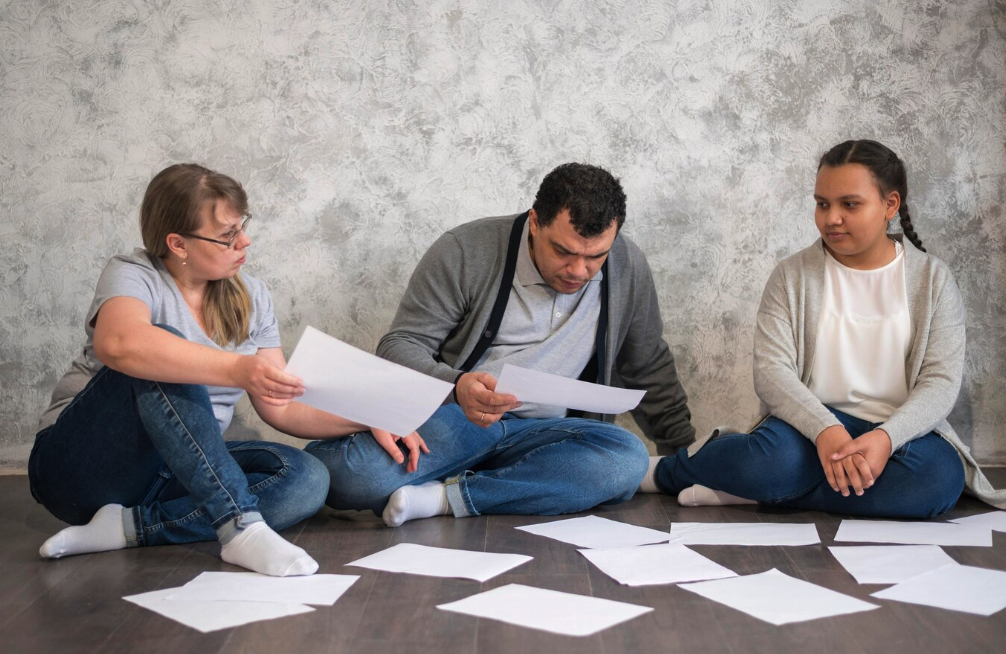A free depression test is a crucial tool every teen should know about to understand their mental health, and free depression test can help teens understand their emotions and take the first step toward better mental health. These tests ask simple questions about how you feel, sleep, eat, and think. The answers can show if your feelings match common signs of depression.
Still, many teens don’t realize they’re struggling—or they feel unsure about asking for help. That’s why this guide explains what a depression test is, where to take it for free, and what to do next. Understanding your mental health doesn’t have to be confusing or scary. It starts with small steps like this.

What Is a Teen Depression Test?
A depression test for teens is a short checklist that asks how you’ve been feeling over the past two weeks. It focuses on emotions, energy, sleep, appetite, and school or social changes. Each question helps you notice patterns in your mood and behavior.
Tests are private and take just a few minutes. You don’t need to enter personal details or get a medical diagnosis. The goal is simple: help you understand your feelings and know if it’s time to talk to someone.
Why These Tests Matter
Teen years come with a lot of changes. School pressure, family stress, and social challenges can affect your mental health. Sometimes it’s hard to tell the difference between normal stress and something more serious like depression.
A screening test helps you:
- Take your feelings seriously
- See if your emotions match common signs of depression
- Start a conversation with a parent, teacher, or counselor
- Feel less alone by putting your feelings into words
It’s not a final answer—but it helps you figure out what to do next.
Where to Take a Free Depression Test
Several websites offer free and trusted depression screening tools for teens. You can take them at home, on your phone, or with someone you trust. Here are a few safe options:
- Mental Health America – Teen-friendly with fast results
- National Institute of Mental Health – Info and links to screening tools
- School counselors or youth clinics – Often have paper or digital tests during visits
Choose a quiet time and place. Be honest with your answers—this helps you get the most useful results.
What the Results Mean

After the test, your results may suggest:
- No signs of depression: You may feel stress, but not clinical depression
- Mild to moderate symptoms: You may benefit from talking to someone soon
- Severe symptoms: You may need support from a mental health provider
Whatever the result, know this: it’s okay to need help. Mental health is part of your health. Sharing your results with someone you trust is a good next step.
What to Do After the Test
Taking the test is only the beginning. Here’s what you can do next:
- Talk to a school counselor, nurse, or teacher
- Share your results with a parent or caregiver
- Call a teen helpline or chat with a support service
- Visit a doctor or therapist if your feelings don’t improve
You don’t have to fix everything alone. Support is available—even if you just need someone to listen.
Helpful Resources for Teens

If you need more help or someone to talk to, check out these free and private options:
- Crisis Text Line: Text HOME to 741741 to connect with a trained counselor
- Teen Line: Call or text (800) 852-8336, open nightly
- 988 Suicide & Crisis Lifeline: Dial 988 anytime for emotional support
These services are open 24/7 and don’t require insurance, names, or appointments. You’re never alone.
Conclusion
In summary, a free depression test helps teens understand their emotions and take the first step toward better mental health. The test is short, private, and easy to use. It helps you know when to reach out and shows that what you feel matters.
If your results raise concern, talk to someone. There’s no shame in asking for help. With support, understanding, and care, you can feel better—one step at a time.
